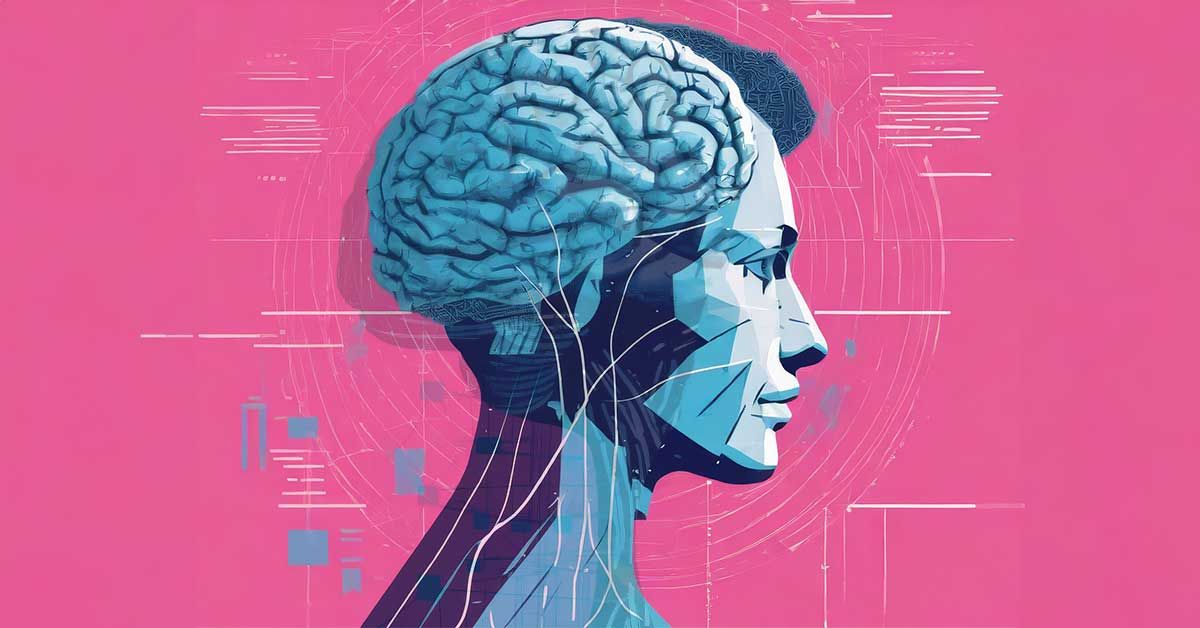Cognitive science and artificial intelligence (AI) are like two sides of the same coin, you know? They're both super into figuring out how minds work. Cognitive science is all about getting into the human mind.
Now, cognitive science is an official field of study. It's where different intellectuals from neuroscience, computer science, psychology, AI, philosophy, linguistics, and anthropology come together to understand cognitive functioning - basically, how our brains do their thing.
All these dig deep into the underlying mental processes. And that's where Cognitive Science and Artificial Intelligence step in as a comprehensive, interdisciplinary program.
This program mixes up AI studies with how humans think and process stuff. We have a lot to talk lets start from the beginning.
What Is Cognitive Science?
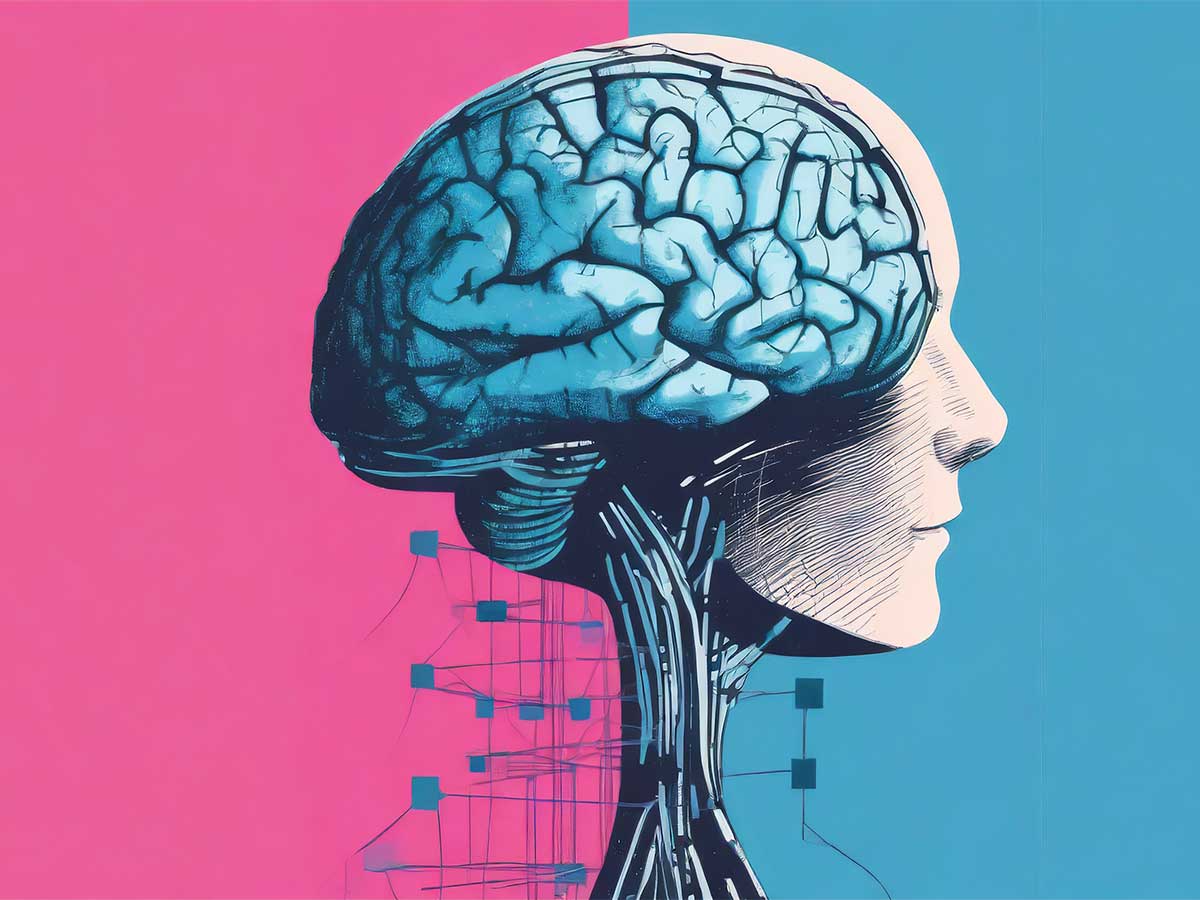
Cognitive Science is where different studies like neuroscience, computer science, psychology, artificial intelligence (AI), philosophy, linguistics, and anthropology come together. he main goal here is to really get how our brains work, focusing on cognitive functioning and the underlying mental processes.
The brains behind this, the cognitive researchers, are super into understanding human intelligence and behavior. They dive into how our nervous systems work, looking at stuff like perception, memory, emotional experience, learning, reasoning, problem-solving, decision-making, and even language.
And get this – this whole adventure started back in the 1950s, right when artificial intelligence began to pop up.
Cognitive Science is also about building representative structures of our minds, kind of like blueprints. Then, they analyze computational procedures – these are like the software that runs in our brains.
Cognitive Science: Mental Representations and Computational Methods
Cognitive science uses different methods to uncover the characteristics of mental representations and computational processes. There are a few main methods that are more frequently used.
1. Rule-based models
Back in the 1970s, folks came up with rule-based computer models, which was groundbreaking for the time. The idea of the rule-based approach is kind of like teaching a computer to think using specific inference rules. These rules are all about using symbols and the structure of language sentences.
Example 'IF you run too fast in a full-marathon, THEN you will suffer from injuries'. Here, 'suffer from injuries' is the output symbol that pops up if the 'run too fast' condition is met.
But it's not just about running; there's another rule like, 'IF you suffer from injuries, THEN your body should rest for 10 hours to recover'.
This kind of logic is super useful, especially in the medical field, where decisions need to be spot-on. These rule-based models turned into what we call expert systems – kind of like early versions of smart assistants.
By setting up rules about language use and problem-solving, these systems could mimic some really complex facets of human thinking. It's not just theory; these models are used for all sorts of practical purposes, helping solve real-world problems by breaking down big, complicated ideas into simpler, rule-based pieces.
2. Connectionist models
In the 1980s, Connectionist Models started to get popular. This connectionist approach is all about using parallel-distributed processing models, which are fancy ways of saying they use artificial neural networks (ANN).
The neural structures inspire these networks in the brain and are super cool because they try to simulate human thinking.
Now, this was a bit of a game-changer compared to the older rule-based approaches. Instead of following one rule after another in a serial fashion, connectionist models work with parallel computational processes. This means they can handle different parts of a problem all at once.
These models are super useful for understanding thinking phenomena, meeting several criteria that our brains follow, like data-processing constraints.
A cool example of where you might see this in action is in modern facial recognition applications – they use these models to quickly and accurately identify faces.
Connectionist models also help us get a grip on the psychological aspects of things like language learning. They're a key piece in the puzzle of deciphering human thinking, helping us figure out how our minds process information in ways that older models just couldn't match.
3. Theoretical neuroscience
In the 1990s and 2000s, Theoretical neuroscience blended the Rule-based model and the Connectionism approach from cognitive science and neuroscience.
This was huge because it brought brain-related technologies like Magnetic resonance imaging (MRI) and Functional MRI (fMRI) to the party. These tools let us peek at brain activity in different experimental setups.
We began to understand how the brain works on a deeper level thanks to computational models mimicking firing neurons. For example, by looking at the prefrontal cortex region, scientists got insights into the decision-making process and high-level reasoning.
And it's not just about cold, hard logic; we're also learning how human emotions play out in the brain, especially in the amygdala region.
This mix of inferential rules and neural networks opened up a whole new world of understanding mental functions.
4. Bayesian models
Bayesian models have become super important in cognitive science, especially when discussing things like understanding psychological traits, vision, motor control, and social cognition.
These models are all about the foundations of learning. At their core, they use Bayes' theorem, which is a fancy way of dealing with probability factors.
What's cool about these models is how they help us understand why humans think and act the way we do. It's like they give us a mathematical peek into human understanding.
And it's not just about theory; these models have some pretty neat real-world uses, too. For instance, in modern robotic applications, Bayesian models are used to make robots smarter and more adaptable, giving them a crash course in being more human-like in their actions and decisions.
5. Deep learning models
Since the 1950s, Cognitive science has been teaming up with artificial intelligence to crack the code of the human mind. Fast forward to now, and we've got AI making huge strides with deep learning. This changes the game in gaming, object recognition, and language translation.
Deep learning is pretty high-tech, building on connectionist models and theoretical neuroscience.
We're talking about super complex algorithms and brains of the machine world, aka neural networks with many layers. Then there's reinforcement learning, a fancier version of deep learning.
DeepMind's AlphaGo in 2016, this brainy machine outsmarted a human champ in the game of Go.
That's a big deal! And it's not just about games; deep learning also pushes boundaries in neuroscience and cognitive psychology.
They compare mental representations to computer data structures and computational procedures to computational algorithms. It's like understanding the brain by thinking of it as a super advanced computer.
Analyzing Cognitive Science Through Multiple Perspectives
In cognitive science, it's all about peeling back the layers of how our minds work, and that means diving into different Levels of Analysis. Think about something as simple as remembering a phone number.
To really get it, scientists look at how we behave when we try to recall that number, how accurate we are after waiting a bit, and even how our brain's neurons fire during the whole process. It's key to connect these dots – how the zaps in our brain turn into actions or thoughts.
There's this idea in The Embodied Mind: Cognitive Science and Human Experience that talks about not just studying the brain but also understanding our real-life experiences and how we can change and grow. This is where the functional level account comes in, helping to make sense of how brain processes lead to our actions.
Now, Marr, a big name in this field, broke it down into three levels:
- Computational theory (what's the goal?)
- Representation and algorithms (how are inputs and outputs handled?)
- and Hardware implementation (how's it all physically happening?)
But cognitive science isn't a solo act. It's super Interdisciplinary, pulling in insights from psychology, neuroscience, linguistics, computer science, and even sociology and anthropology. They all work together, using science and simulations to figure out how our brains tick and how they interact with the world.
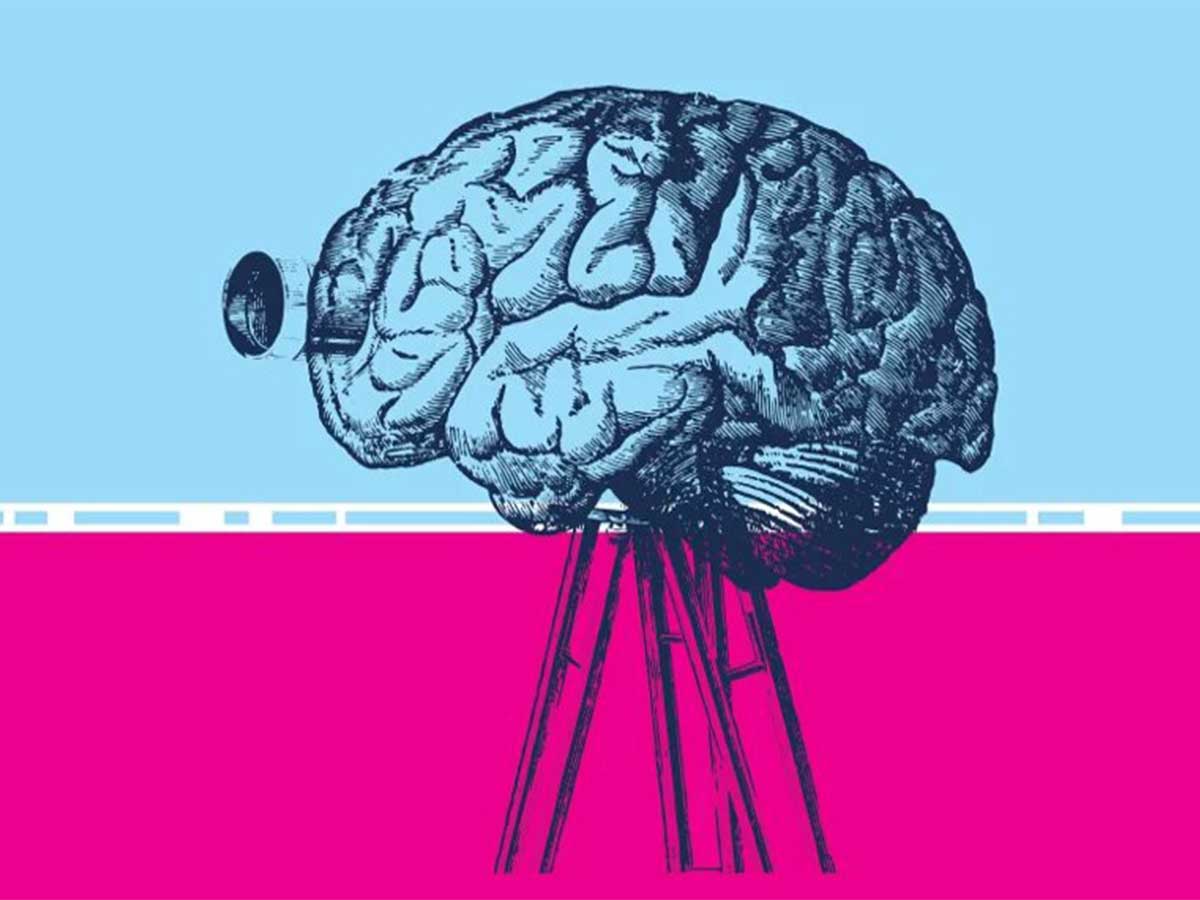
There's some debate, though, about whether cognitive science is one big field or a bunch of smaller ones. And then there's functionalism, a cool way of thinking that says mental states and processes are all about what they do.
This even stretches to say that robots and computers could have their own kind of cognition, thanks to the Multiple realizability account of functionalism.
Essential Methods in Cognitive Science
Cognitive science combines various disciplines to study the mind and intelligence scientifically. Here are the Key methods.
- Psychological/Behavioral Experiments:
- These experiments focus on participants' responses to stimuli, revealing how stimuli are processed in the human brain. They track variables like:
- Participant's Reaction Time: Measures the time between stimulus presentation and response, indicating cognition ability and thought processes.
- Psychophysical Response: Explores cognitive biases and sensory responses, such as reactions to loud music or perception of color textures.
- Eye Tracking: Assesses cognitive processes like visual perception and language processing by monitoring eye movement.
2. Brain Imaging:
Observe brain activity in real-time, linking behavior with cognitive brain function. These techniques include:
- SPET and PET: Use radioactive isotopes to highlight active brain areas.
- EEG: Records neural firings through electrodes on the scalp.
- fMRI: Measures oxygenated blood flow to the brain, indicating neural activity.
- Optical Imaging: Uses infrared light to differentiate between oxygenated and deoxygenated blood in the brain.
- MEG: Similar to EEG but records magnetic fields around the cortex.
3. Computational Modeling:
Systematically represents problems, testing computational models against behavioral or psychological experiments. These models use
- Symbolic Modeling: Maps mental functions onto symbols for cognitive decision-making and social cognition.
- Sub-symbolic Modeling: Used in connectionist models based on neural networks.
- Hybrid Modeling: Combines symbolic and connectionist models, including Bayesian models from machine learning.
Other neurobiological methods include direct brain stimulation, single-unit recording, and autopsy studies.
- Direct Brain Stimulation: Enhances cognition using electrodes.
- Single-Unit Recording: Uses a microelectrode system to monitor the responses of a single neuron during tasks.
- Post Mortem Studies: Analyzes brains post-demise for conditions like speech impediments, paralysis, or Alzheimer's disease.
The connection between Cognitive Science & Artificial Intelligence
Artificial Intelligence (AI) is an Intelligent Machine as this smart agent that can look at its environment and do things to reach its goals successfully. Nowadays, AI Functions are all about doing things we humans do, like learning and problem-solving.
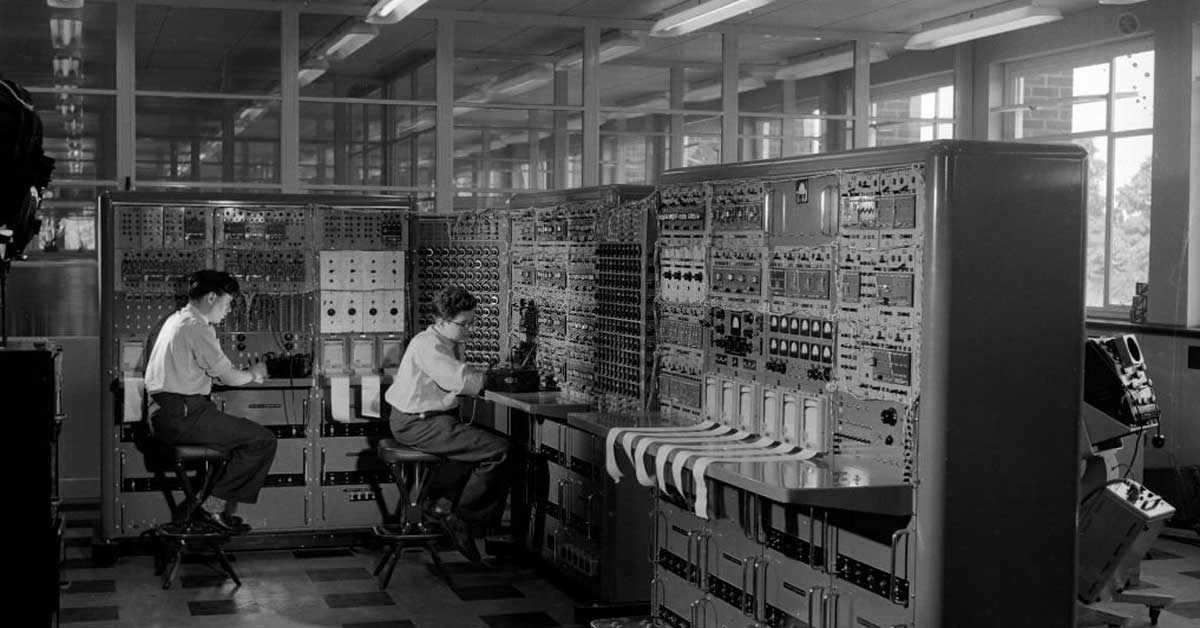
But the way we see AI has changed. Simple stuff such as optical character recognition isn't considered fancy AI anymore.
AI researchers are busy diving into various subfields of different problems and developing new ways to use AI. The goal is reasoning, learning, and even understanding human speech and one day aiming for general intelligence someday.
To get there, they're using all sorts of AI approaches and tools, from statistical methods to logic and economics. And for this, it's pulling ideas from psychology, linguistics, and even philosophy.
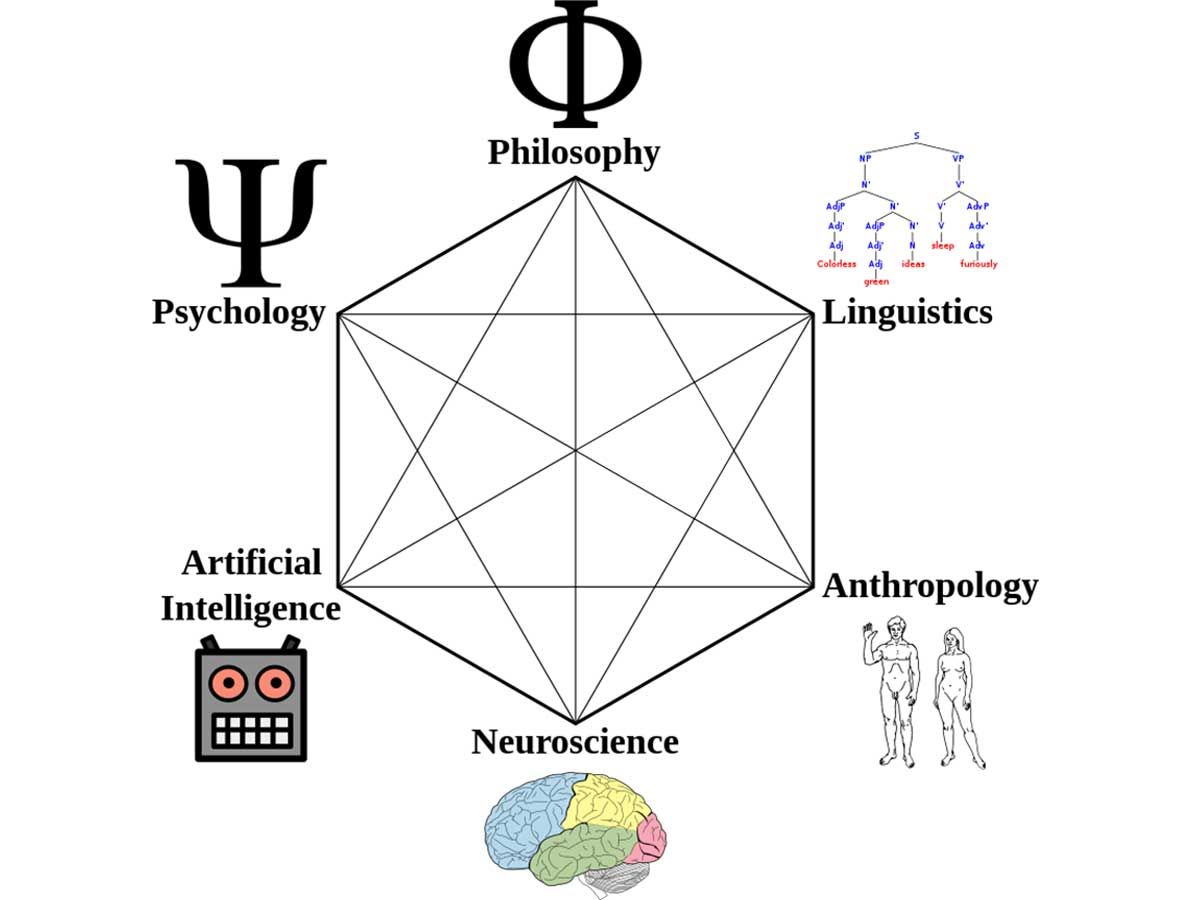
The main idea behind AI is that we can describe human smarts so well that a machine can copy them. But this is not easy the nature of the mind and creating machines that are kinda like us.
This journey hasn't been smooth sailing, though. There were some bumps along the road, like the ALPAC report in 1966 and the Lisp machine market crash 1987. But now, Artificial intelligence is changing the way we live.
Not long after, an MIT group kept the conversation going, marking the start of the Cognitive Revolution and what we now call cognitive science – a mix of psychology, neuroscience, and more.
Artificial Intelligence (AI) and Cognitive Science are deeply interconnected fields, each informing and enhancing the other in various ways. Here's an explanation of how these two disciplines are connected:
- Shared Goals and Foundations: Both AI and cognitive science aim to understand intelligence. While cognitive science seeks to unravel how human cognition works, AI attempts to create machines that can perform tasks that typically require human intelligence. The insights gained from cognitive science often guide AI researchers in developing algorithms that mimic human thought processes.
- Modeling Human Cognition: AI often uses models derived from cognitive science to simulate aspects of human intelligence. These models include neural networks inspired by our understanding of the brain and algorithms that mimic human problem-solving, learning, and perception. AI researchers can create more sophisticated and human-like AI systems by studying how the human mind processes information.
- Testing Cognitive Theories: AI provides a practical platform for testing theories developed in cognitive science. By implementing cognitive models in AI systems, researchers can observe how these models perform in real-world scenarios, offering tangible evidence to support or refute cognitive theories.
- Understanding and Enhancing Human Cognition: AI technologies, such as machine learning and natural language processing, are used to analyze human cognitive processes. For example, AI can help in understanding how humans learn languages, perceive their environment, or make decisions. This understanding can lead to better educational tools, more effective human-computer interfaces, and enhanced cognitive therapies.
- Ethical and Philosophical Implications: Both fields also share common ethical and philosophical questions. The development of AIs like LAMDA raises questions about consciousness, free will, and the nature of intelligence—questions central to cognitive science. The collaboration between these fields helps in addressing these complex issues.
- Interdisciplinary Research: The intersection of AI and cognitive science has led to the emergence of interdisciplinary research areas like cognitive robotics, which aims to build robots capable of human-like perception, learning, and decision-making. Similarly, fields like computational neuroscience use AI to understand brain functions and neural processes.
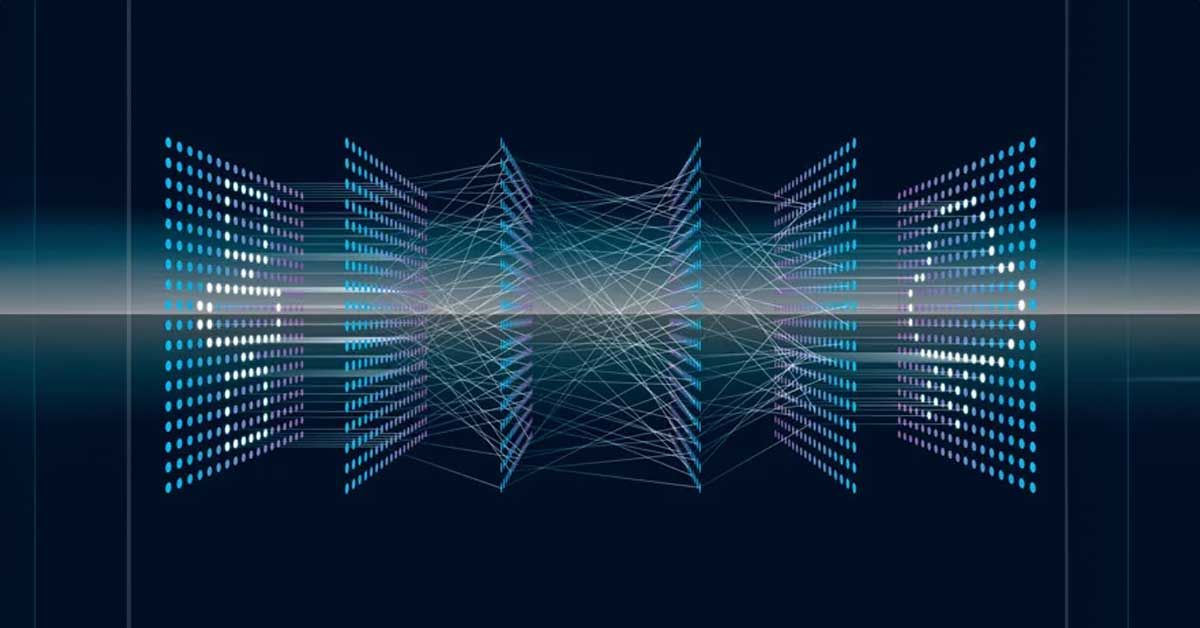
Cognitive Science & Artificial Intelligence Impact
Cognitive science and AI also impact several other industries as well. Here are a few key developments that couldn't be ignored.
- Artificial General Intelligence (AGI): AGI aims to create machines with human-like reasoning. Utilizing deep neural networks and multi-modal neural networks with reinforcement learning, the goal is to develop comprehensive AGI systems.

Timeline for AGI: Experts anticipate the emergence of the first AGI system within the next 30 years, driven by advancements in cognitive science and AI.
- Brain-Machine Interfaces: These interfaces establish a direct link between neural structures and machines, enabling control of prosthetic limbs through mental commands.
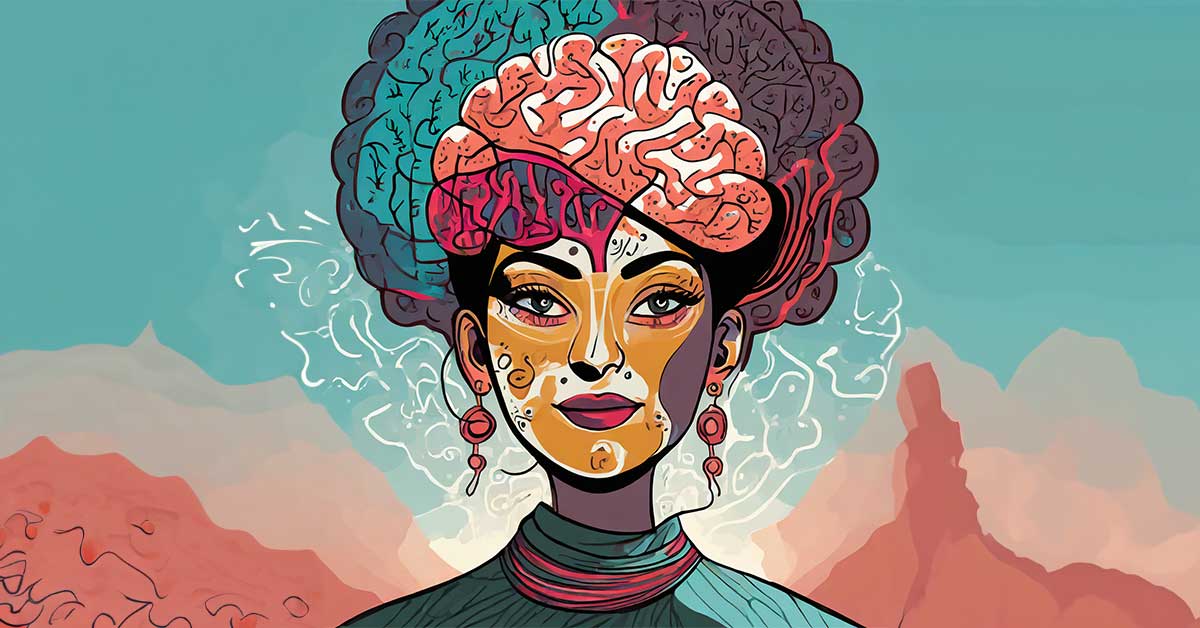
- DARPA's Investment in Brain-Machine Interfaces: In 2019, DARPA funded Carnegie Mellon University researchers to create a wearable neural interface for real-time recording and simulation of brain activity. Companies like Neuralink are also working on brain interfaces for recording and replicating brain functions.
- Brain Imaging: This technique is crucial for understanding brain information processing and investigating diseases that affect brain data processing.
- The Human Brain Project: Launched in 2013 and funded by the EU, this project aims to comprehend brain networks, consciousness, and Artificial Neural Networks (ANN) by developing a complete nervous system model, with cognitive science playing a significant role.
- OpenWorm Project: Scientists have successfully uploaded the mind of a roundworm (Caenorhabditis elegans) into a Lego robot using software, enabling the robot to mimic worm-like behavior and thought processes.
- Impact on Understanding Minds and Brains: Current developments are progressively leading to a deeper understanding of human minds and brains, enhancing our ability to design autonomous, 'thinking' machines.
Leading Researchers
- One intriguing aspect of this field is the exploration of how our understanding of the human mind influences AI development. J. McClure's research delves into the conceptual parallels between the philosophy of science and cognitive science.
It highlights how the symbolic computational theory, a cornerstone in AI, mirrors human intelligence. This theory, deeply rooted in both cognitive science and philosophy, suggests that our brains are akin to complex computers, processing information through abstract operations over formal symbolic structures. Read more about J. McClure's research.
- S. Luber's work provides a comprehensive overview of cognitive science in AI, emphasizing its significance in simulating the human mind. This research not only sheds light on current advancements but also points to the potential future directions of this interdisciplinary field.
It's a reminder of how AI, fueled by cognitive science insights, is not just a technological endeavor but a journey into the depths of human cognition. Explore S. Luber's insights.
- W. Feurzeig's contribution to this field, though more enigmatic due to the lack of an available abstract, likely touches on the complex training aspects of AI.
It's reasonable to infer that this research explores how AI can be trained or programmed using principles derived from cognitive science, enhancing its ability to perform tasks that require human-like understanding and reasoning. Learn more about W. Feurzeig's work.
- Lastly, the collaborative work of Jérôme Bruneau and colleagues introduces us to the practical applications of this synergy. Their development of a computer-assisted system for learning to read, SIAAL, is a prime example of how AI can be tailored to mimic and support human learning processes.
This system, acting as a multi-expert coach, leverages AI to manage various knowledge resources, adapting to the learner's needs in a way that mirrors a human teacher's approach. Discover the SIAAL project.
The relationship between AI and Cognitive Science is like a dance of two powerful partners, each learning from and influencing the other. This is especially true when discussing Explainable AI (XAI); no, we are not talking about Elon Musk's x.AI company.
. It's not just about how accurate or powerful AI systems are, thanks to beefed-up computing power and smarter algorithms. What's becoming super important is understanding why these AI systems make the decisions they do.
This is where the FAIR principles come into play, ensuring our AI systems are not just smart but also transparent and fair.
Within the Cognitive Sciences, we have been considerably more skeptical of big data's promise, largely because we place such a high value on explanation over prediction. A core goal of any cognitive scientist is to fully understand the system under investigation rather than being satisfied with a simple descriptive or predictive theory. (Jones, 2017)

Looking back at AI's journey, it's clear that cognitive science has been its backbone, shaping its growth and direction. As we move forward, keeping this bond strong is key to making AI smarter, more relatable, and more responsible.
